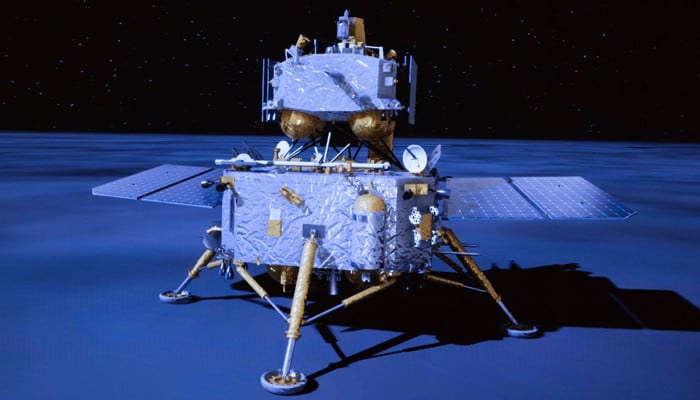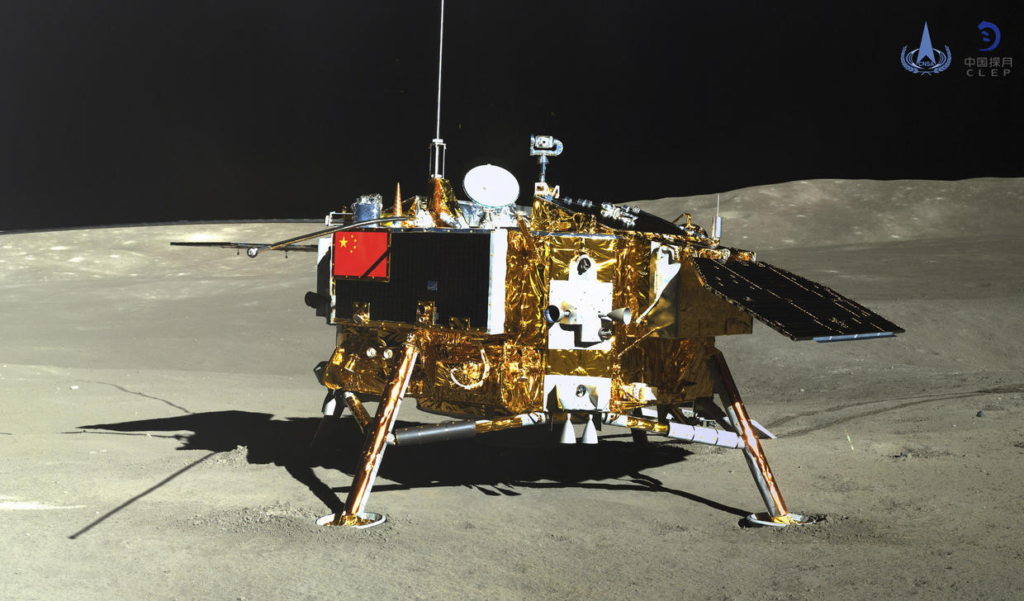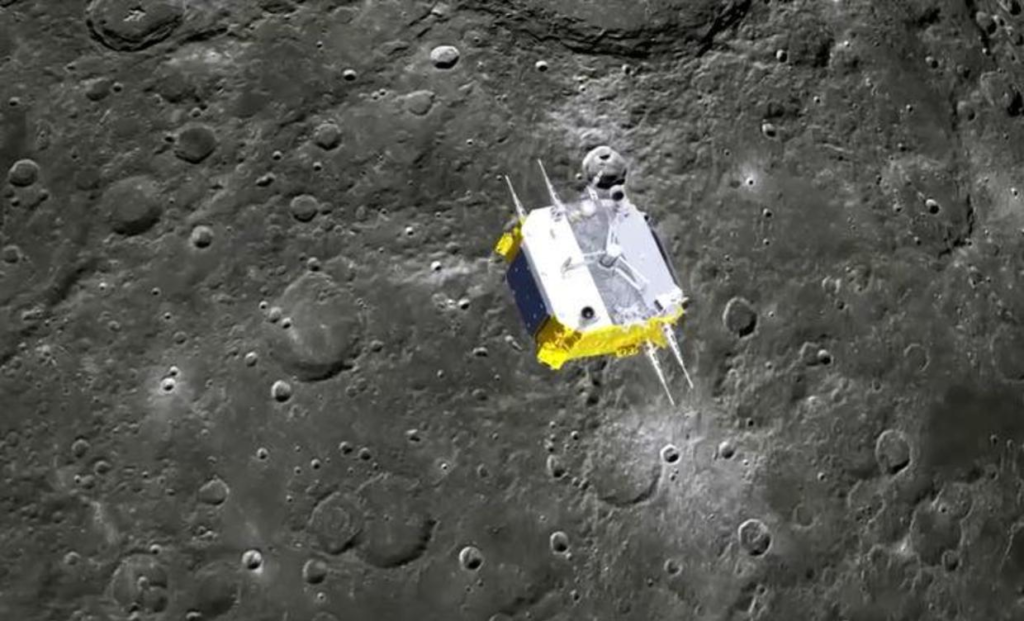
The Chang’e-6 mission marks the first time a lunar probe has returned with samples from the moon’s far side. Scientists are eager to analyze these rocks, which could provide new insights into the Moon’s formation and history.
China’s lunar probe has successfully planted its red and gold flag on the far side of the moon and collected samples of lunar rock and soil to bring back to Earth. This significant achievement is part of China’s ambitious space program, which aims to put a person on the moon by the end of this decade.
The Chang’e-6 probe, launched last month, landed on the moon’s far side on Sunday. Early Tuesday, at 7:38 a.m. Beijing time, the probe’s ascender took off, carrying the samples in a container. This mission has been celebrated as a huge success in China.
The China National Space Administration reported that the spacecraft endured high temperatures on the lunar surface and used drilling and surface collection methods to gather the samples. These samples are expected to return to Earth by June 25, landing in China’s Inner Mongolia region.

An animation from China’s state television network CCTV showed the flag being unfurled from the lunar lander, though it wasn’t placed on the moon’s surface. Instead, it emerged from a retractable arm on the side of the lander.
“Mission accomplished!” Foreign Ministry spokesperson Hua Chunying announced on social media, calling it a historic moment in lunar exploration.
Landing on the moon’s far side is particularly challenging because it faces away from Earth. It makes communication difficult and requires a relay satellite. The terrain is also more rugged. The Chang’e-6 landed in the South Pole-Aitken Basin, a massive, ancient crater that might hold clues about the moon’s history.
This mission is the latest in China’s Chang’e moon exploration program, named after a Chinese moon goddess. It’s the second mission aimed at bringing back lunar samples, following Chang’e-5’s successful mission in 2020.

Man On The Moon…Again!
China’s space ambitions also include a space station orbiting Earth and plans to put astronauts on the moon by 2030. If successful, China will be the second nation after the United States to land people on the moon. The U.S. also plans to return astronauts to the moon, targeting 2026.
China’s space race with the U.S. and other countries like Japan and India is heating up, with three more Chinese lunar missions planned over the next four years.


[…] Also Read: China’s Lunar Probe Plants a Flag on the Far Side of the Moon […]